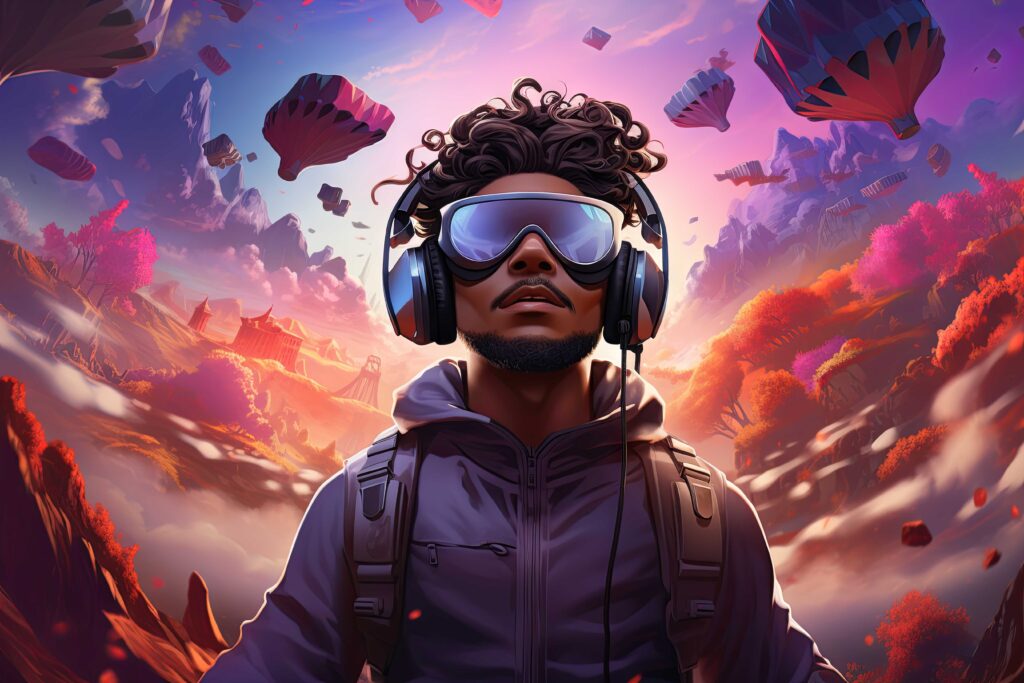Valorant is more than just another first-person shooter—it’s a tactical, ability-driven competitive game that rewards precision, strategy, and teamwork. Whether you’re transitioning from other FPS titles like CS:GO or Overwatch or completely new to shooters, this guide will break down everything you need to go from beginner to high-ranked competitor.
We’ll cover:
✔ Core mechanics (movement, shooting, economy)
✔ Agent selection & role mastery
✔ Aim training & sensitivity optimization
✔ Map control & positioning
✔ Team communication & strategy
✔ Common mistakes & how to fix them
✔ Pro tips to accelerate improvement

By the end, you’ll have a structured training plan to climb ranks efficiently.
1. Valorant’s Core Mechanics – The Fundamentals You Must Learn
Movement & Shooting: Why Standing Still Wins Fights
Unlike fast-paced shooters like Call of Duty, Valorant heavily penalizes movement inaccuracy. Key mechanics:
- Counter-Strafing: Tap the opposite movement key (A/D) to stop instantly and shoot accurately.
- First Bullet Accuracy: Rifles (Vandal, Phantom) are perfectly accurate when stationary.
- Weapon Recoil Patterns:
- Vandal: Vertical recoil for first 5 shots, then strong horizontal sway.
- Phantom: Easier spray control but lower damage at long range.
- Spectre (SMG): Low recoil but weak against armored enemies.
Practice Drill:
➔ Go to the Range, pick a Vandal, and practice bursting 3-5 bullets at a time while counter-strafing.
Economy Management – Spend Wisely or Lose Rounds
Valorant’s buy system is crucial. Poor economy decisions lose games.
- Full Buy (Rifles + Shields): When your team has 4,000+ credits.
- Eco Round (Save Money): Buy only pistols (Sheriff, Ghost) or SMGs (Stinger).
- Force Buy (Partial Investment): Buy shotguns (Bucky) or SMGs if the enemy is likely on eco.
Pro Tip:
➔ Always check teammates’ credits (B key) to coordinate buys.
2. Picking the Right Agent – Which Role Fits You?
Valorant’s agents are split into four roles. Beginners should start with easy-to-learn agents before mastering complex ones.
Duelists (Entry Fraggers – Best for Aggressive Players)
- Phoenix: Self-healing, flashes, and a second-life ultimate.
- Reyna: Heals and escapes after kills—best for solo queue.
- Jett: High mobility but requires strong aim.
Controllers (Smoke Specialists – Control Vision)
- Brimstone: Easy-to-use smokes and molotovs.
- Omen: Teleports and global smokes (harder to master).
Initiators (Intel Gatherers – Set Up Kills)
- Sova: Recon darts reveal enemies.
- Breach: Stuns and flashes to push sites.
Sentinels (Defensive Anchors – Lock Down Sites)
- Sage: Heals, revives, and blocks paths with walls.
- Killjoy: Turrets and grenades for area denial.
Which Agent Should You Main?
➔ If you like rushing fights → Duelist (Reyna, Phoenix)
➔ If you prefer strategy → Controller (Brimstone, Omen)
➔ If you like supporting → Sentinel (Sage, Killjoy)
3. Aim Training – How to Improve Your Shooting
Crosshair Placement – The #1 Skill for Winning Duels
Always keep your crosshair at head level where enemies will peek.
Common Peek Spots:
- Ascent (Mid Courtyard)
- Bind (Hookah Window)
- Haven (A Long)
Practice Drill:
➔ Play Deathmatch while ONLY focusing on head-level crosshair placement.
Recoil Control – Spray Patterns & Burst Firing
- Vandal: Burst 3-5 shots, reset, then fire again.
- Phantom: Easier spray control—good for spraying through smokes.
Pro Tip:
➔ Use the Practice Range’s “Strafing Bots” setting to practice tracking moving targets.
Best Sensitivity Settings for Precision
Most pros use 200-400 eDPI (DPI × in-game sensitivity).
How to Find Your Sensitivity:
- Pick a spot on the wall.
- Move your mouse from left to right—you should do a 180-degree turn.
- Adjust until it feels natural.
4. Map Knowledge – Positioning & Rotations
Callouts & Common Angles (Must-Know Spots)
Every map has key locations. Learn these callouts:
- Bind: “Hookah,” “B Long,” “A Short”
- Ascent: “Mid,” “B Site,” “A Main”
- Haven: “Garage,” “A Long,” “C Site”
How to Hold Angles Properly:
- Stand where you only expose yourself to one enemy at a time.
- Avoid standing in the open—use cover.
Attacking vs. Defending Strategies
- Attackers: Default (spread out), then execute (push together).
- Defenders: Hold angles, use utility, and rotate when needed.
Pro Tip:
➔ Watch pro players (TenZ, ScreaM) to learn positioning.
5. Team Communication – How to Win with Randoms
Effective Comms (What to Say & When)
- Pre-Round: “Let’s go A, I’ll flash in.”
- Mid-Round: “Two pushing B, Sage is low.”
- Clutch: “Last guy is in A Site, no utility left.”
What NOT to Do:
✖ Blame teammates
✖ Talk too much during clutch moments
How to Play Around Smurfs & Toxic Teammates
- Mute toxic players instantly.
- Focus on your own improvement.
6. Common Mistakes & How to Fix Them
❌ Overpeeking: Dying because you challenge too many angles.
✅ Fix: Play closer to cover, peek one angle at a time.
❌ Poor Economy Management: Wasting money on unnecessary buys.
✅ Fix: Follow team buy calls (full buy, eco, or force).
❌ Ignoring Sound Cues: Not listening for footsteps or ability sounds.
✅ Fix: Use headphones and play at a moderate volume.
7. Advanced Tips to Rank Up Faster
🔥 VOD Review: Record your games and analyze mistakes.
🔥 Grind Deathmatch: Play at least 3 daily for aim training.
🔥 Learn Lineups: Sova darts, Brimstone molotovs, etc.
🔥 Stay Mentally Tough: Tilt loses games—take breaks.
FAQ – Quick Answers to Common Questions
Q: How long does it take to get good at Valorant?
A: 3-6 months with consistent practice.
Q: Should I play ranked right away?
A: No—learn basics in Unrated first.
Q: What’s the best agent for solo queue?
A: Reyna or Jett (self-sufficient fraggers).
Q: How do I deal with smurfs?
A: Focus on learning from them rather than getting frustrated.
Final Checklist for Mastery
✅ Daily aim training (30 mins minimum)
✅ Learn 1-2 agents deeply
✅ Memorize map callouts
✅ Communicate effectively
✅ Review mistakes in VODs
By following this guide, you’ll see rapid improvement. Now, jump into a game and start applying these tips!

